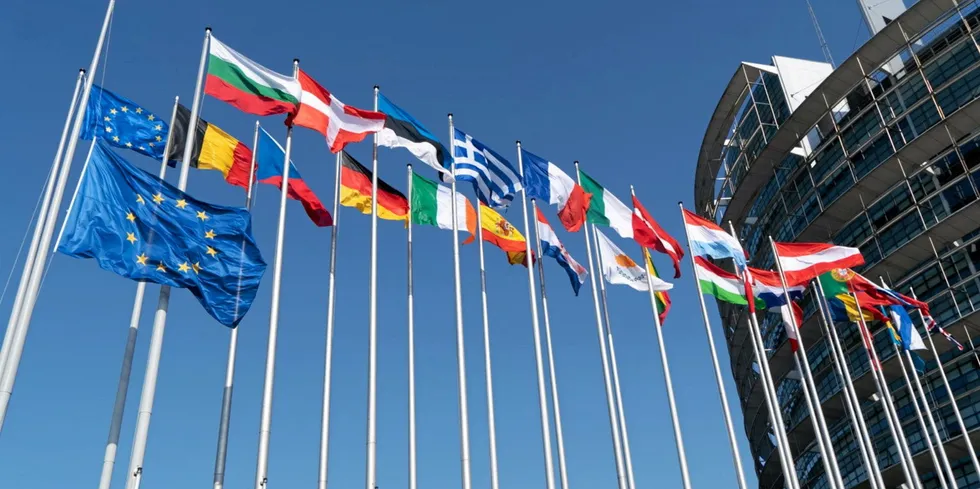Leading scientists warn EU over blue hydrogen and back green H2
European academies say H2 from subsidised fossils should be shunned in favour of renewable variety

European academies say H2 from subsidised fossils should be shunned in favour of renewable variety
